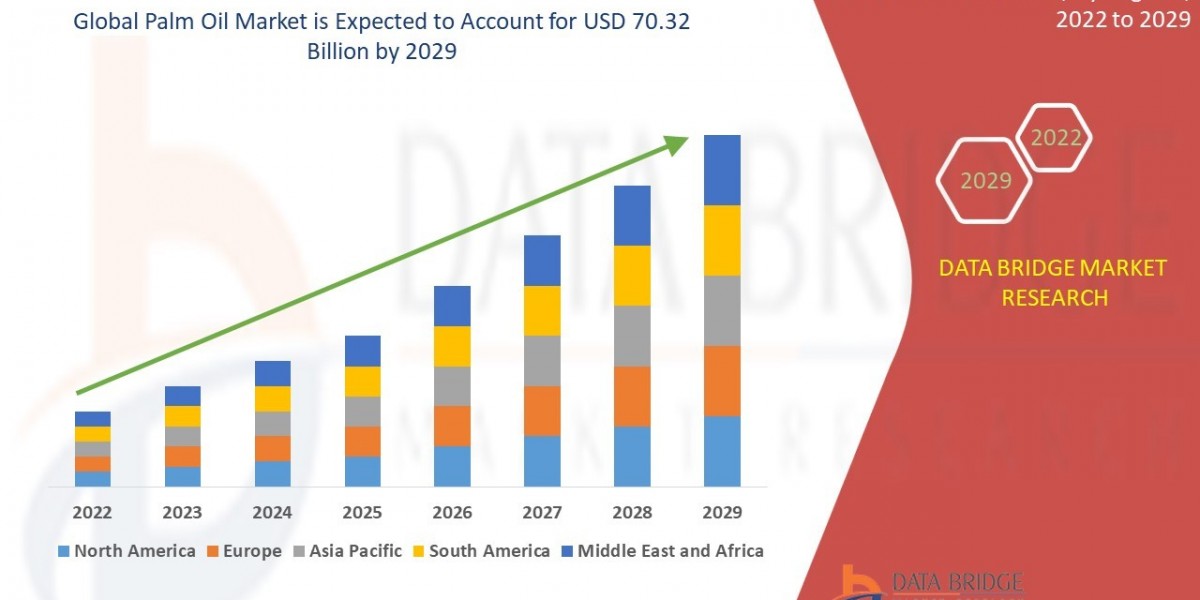As cyber threats grow more sophisticated and frequent, organizations face mounting pressure to detect, analyze, and respond to incidents at unprecedented speed. Security teams are overwhelmed by alert fatigue, tool sprawl, and an ever-expanding attack surface — while adversaries leverage automation and AI to strike faster than ever.
To stay ahead, modern Security Operations Centers (SOCs) rely on two critical technologies: SIEM (Security Information and Event Management) and SOAR (Security Orchestration, Automation, and Response).
Both are essential pillars of modern cybersecurity — but they serve distinct, complementary purposes. Understanding how they differ and how to integrate them effectively is key to building an intelligent, automated security strategy.
What Is SIEM?
Security Information and Event Management (SIEM) is the analytical engine of a SOC. It collects and correlates log data from across the IT environment — firewalls, servers, applications, endpoints, and cloud systems — to detect anomalies and potential threats in real time.
By aggregating and analyzing diverse data sources, SIEM enables organizations to identify suspicious patterns that could indicate compromise.
Key Functions of SIEM:
· Data Collection and Aggregation: Centralizes logs from on-premises and cloud infrastructure.
· Correlation and Analytics: Uses predefined rules and machine learning to detect anomalies and attack patterns.
· Alerting: Generates real-time alerts for suspicious activities.
· Dashboards and Reporting: Provides visibility for monitoring, compliance, and auditing.
Example Vendors: Splunk Enterprise Security, IBM QRadar, Microsoft Sentinel, LogRhythm.
In essence, SIEM provides visibility and intelligence — allowing teams to detect and understand threats quickly. However, it relies on human analysts to investigate and take action, which can slow down response times.
What Is SOAR?
Security Orchestration, Automation, and Response (SOAR) takes the next step — turning insight into action.
While SIEM identifies threats, SOAR automates the investigation and response process, coordinating multiple security tools to handle incidents faster and more consistently.
Key Functions of SOAR:
· Automation: Executes predefined actions automatically — such as blocking IPs, isolating endpoints, or disabling compromised accounts.
· Orchestration: Integrates with SIEM, EDR, firewalls, and threat intelligence platforms for unified response.
· Playbooks: Standardizes workflows for common incidents like phishing or ransomware.
· Case Management: Tracks investigations, escalations, and documentation in one console.
Example Vendors: Palo Alto Cortex XSOAR, Splunk SOAR, IBM Resilient, Swimlane.
In short, SOAR solutions transform alerts into automated, coordinated action, drastically reducing human workload and response time.
SOAR vs SIEM: Understanding the Difference
Feature | SIEM | SOAR |
Primary Purpose | Detect and analyze threats | Automate and orchestrate response |
Core Function | Collects and correlates data to identify suspicious activity | Executes automated response workflows |
Data Handling | Centralizes and analyzes logs | Uses alerts from SIEM, EDR, and other tools as input |
Response Capability | Limited; mostly manual | High; automated playbooks perform immediate actions |
Analyst Focus | Monitoring, investigation, and detection | Decision-making, validation, and oversight |
Integration Needs | Connects with diverse data sources | Integrates across tools for coordinated action |
Outcome | Early detection and visibility | Faster response and greater SOC efficiency |
In simple terms:
· SIEM = detection and visibility.
· SOAR = automation and response.
How SIEM and SOAR Work Together
While SIEM and SOAR can function independently, their true power lies in integration. Together, they form a complete detection and response ecosystem.
How Integration Works:
1. Detection: SIEM correlates data to identify anomalies (e.g., multiple failed logins or unusual outbound traffic).
2. Alert Forwarding: The SIEM sends prioritized alerts to the SOAR platform.
3. Enrichment: SOAR pulls additional context from threat intelligence feeds or asset databases.
4. Automated Response: SOAR executes predefined playbooks — isolating endpoints, blocking IPs, or resetting accounts.
5. Case Management: Every action is logged, tracked, and documented for compliance and post-incident analysis.
This seamless workflow enables machine-speed detection and containment, drastically lowering both Mean Time to Detect (MTTD) and Mean Time to Respond (MTTR).
When to Choose SIEM, SOAR — or Both
The right choice depends on your organization’s maturity, staffing, and security needs.
Choose SIEM if you need:
· Centralized visibility across your infrastructure.
· Real-time alerting and threat detection.
· Compliance and audit reporting.
Ideal for: Organizations building foundational detection and monitoring capabilities.
Choose SOAR if you need:
· To automate repetitive, low-level tasks.
· Faster, more consistent incident response.
· Integration between multiple security tools.
Ideal for: Mature SOCs looking to scale and improve operational efficiency.
Choose Both if you need:
· End-to-end detection and response.
· Automated workflows triggered by SIEM alerts.
· Comprehensive visibility and containment across systems.
Ideal for: Enterprises facing high alert volumes and complex hybrid environments.
The Future: Convergence of SIEM and SOAR
In 2025, the boundary between SIEM and SOAR is fading. Vendors are increasingly merging detection, analytics, and automation into unified platforms, paving the way for autonomous SOCs.
· Next-gen SIEMs now integrate AI-driven analytics, behavior modeling, and threat intelligence.
· Advanced SOARs leverage machine learning to refine playbooks and adapt to evolving threats.
The result is a self-learning, adaptive defense ecosystem capable of detecting, analyzing, and responding to attacks with minimal human intervention.
Conclusion: From Visibility to Velocity
In today’s cyber battlefield, speed and precision define survival.
· SIEM provides the eyes — delivering visibility and real-time detection.
· SOAR provides the hands — orchestrating swift, automated action.
Together, they form the backbone of modern SOCs, transforming security operations from reactive defense to proactive, intelligent cyber resilience.
The question isn’t SIEM vs SOAR — it’s how you combine them to build a smarter, faster, and more autonomous security operation ready for the challenges of 2025 and beyond.







